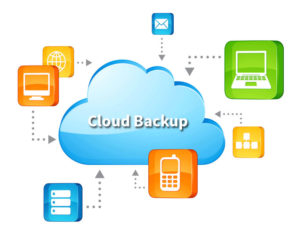Businesses deciding how to handle the meddlesome task of backing up and restoring their data would do well to look into cloud-to-cloud backup.
When it comes to data recovery, cloud-to-cloud makes things easy. One of the key features of cloud-to-cloud backup is faster recovery time from a data loss event.
In a time when data loss events caused by human error or malicious activity are becoming increasingly common, proponents of cloud-to-cloud backup have touted the tool’s ability to help organizations bounce back quickly from a data loss event with no loss of data integrity. For this same reason supporters of cloud-to-cloud backup note its efficiency for onboarding and offboarding of employees. Data can be “restored” for those new to the system and preserved in the event that this employee is let go.
Data quality checks are another regular occurrence with cloud-to-cloud backups. With backups happening more often, business owners are finding errors in their data more quickly. This in turn allows specialists to troubleshoot earlier in the process.
In addition, point-in-time backups allow corporations to see what changes occurred in databases from day to day, allowing for easier projection of future organizational initiatives. An added bonus to the fine-grain restore approach is that it avoids the tendency to overwrite good data with bad.
Another key feature of cloud-to-cloud backup is the ability to restore granular, finite pieces of data. For some organizations, whole data sets need to be restored in order to address problems in particular pieces of data. Those using cloud-to-cloud backup report that they can easily pinpoint problem data and make fixes without costing additional time or aggravation.
Perhaps the greatest benefit of cloud-to-cloud backup, beyond all the technical workflow efficiency, is the very simple and human benefit to which most everyone can all relate: it reduces stress.
























